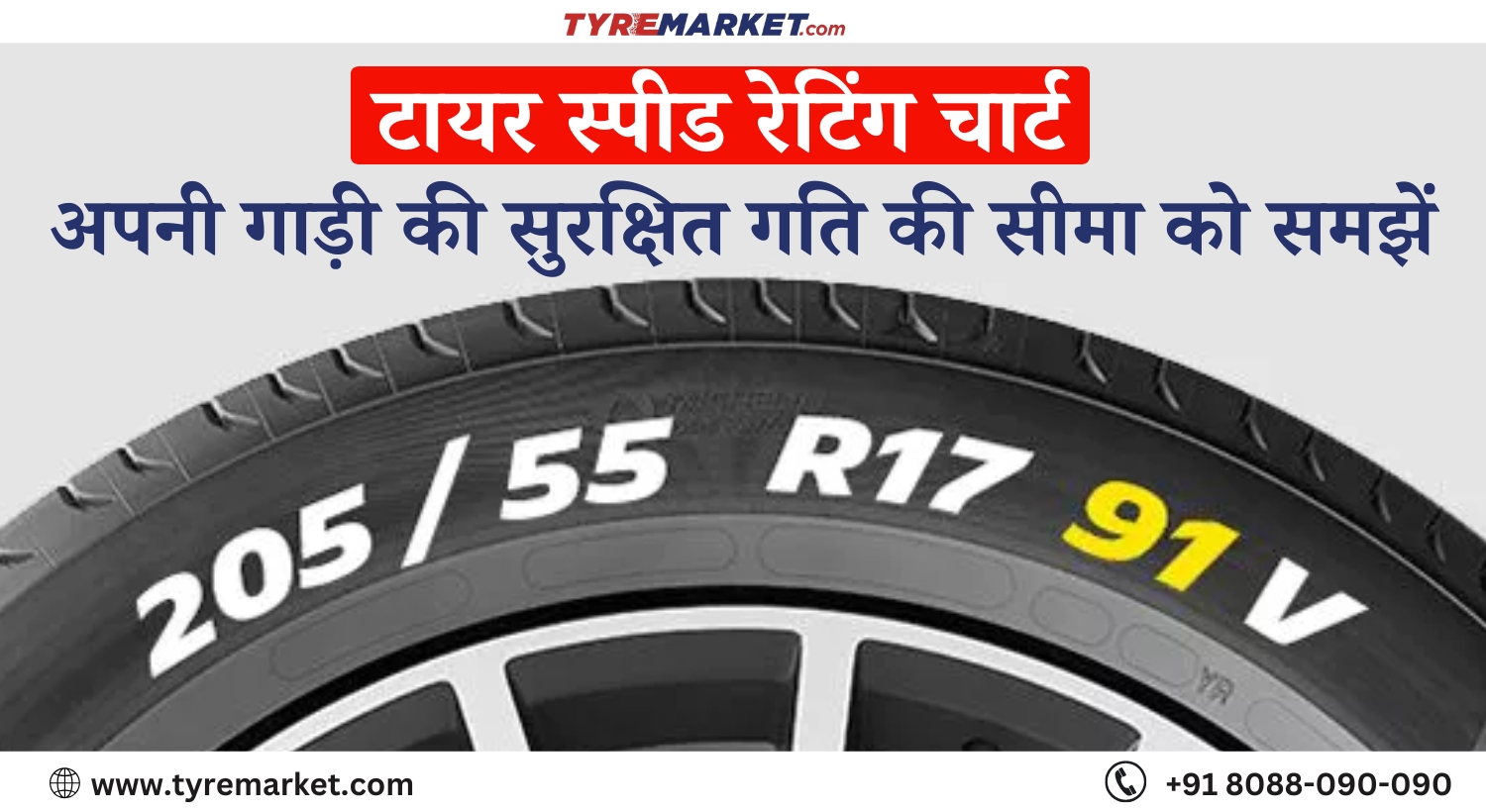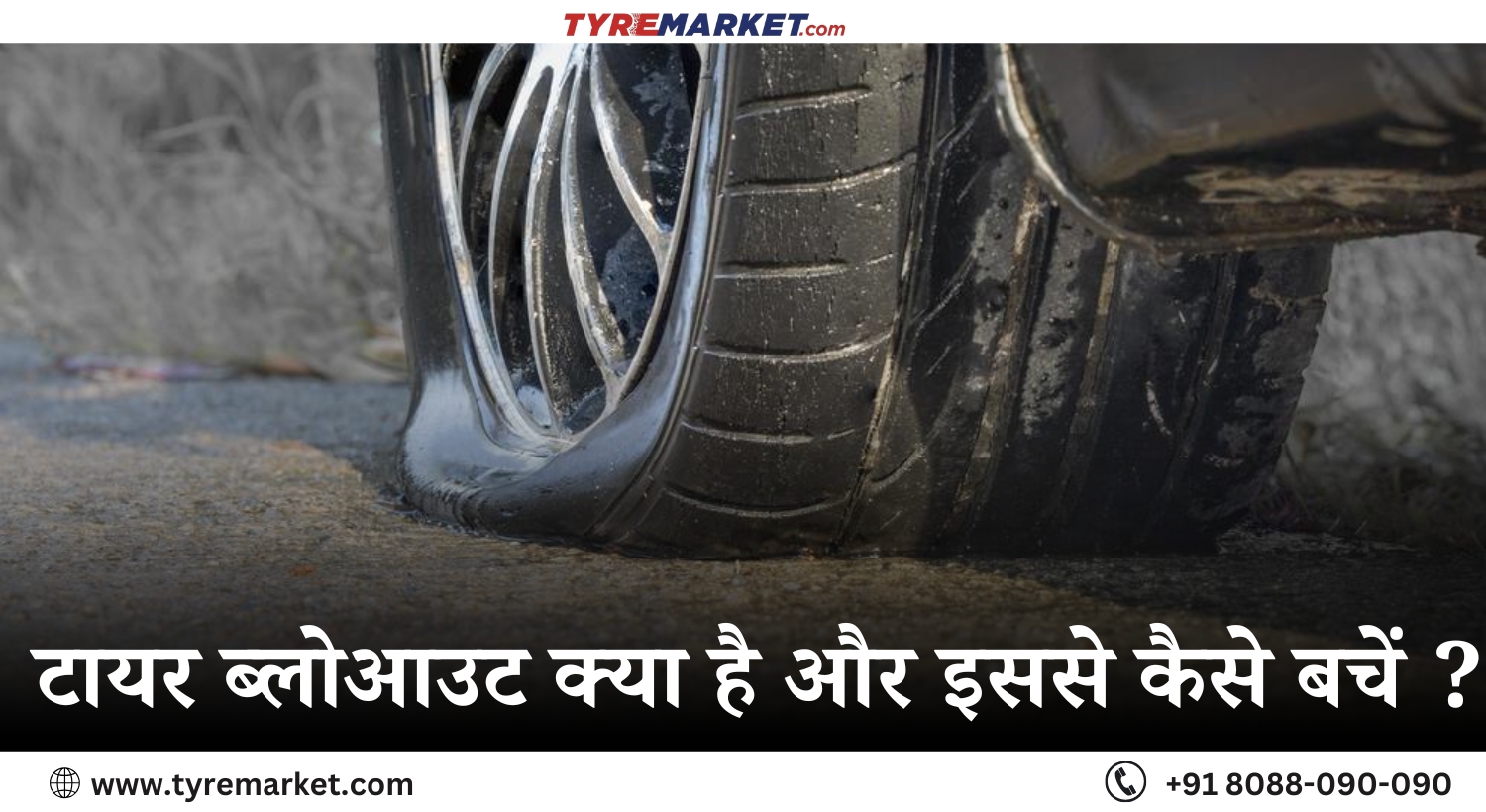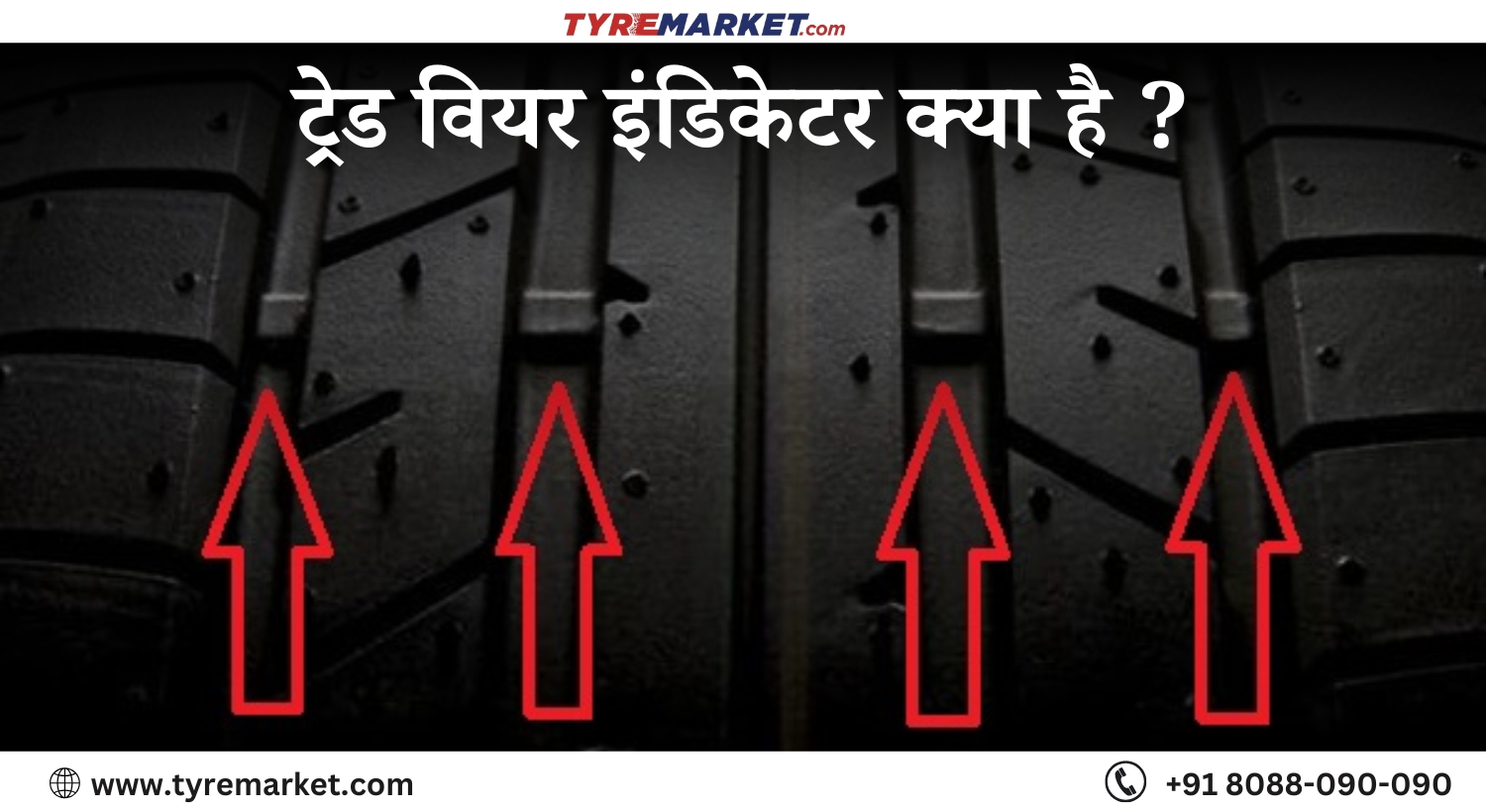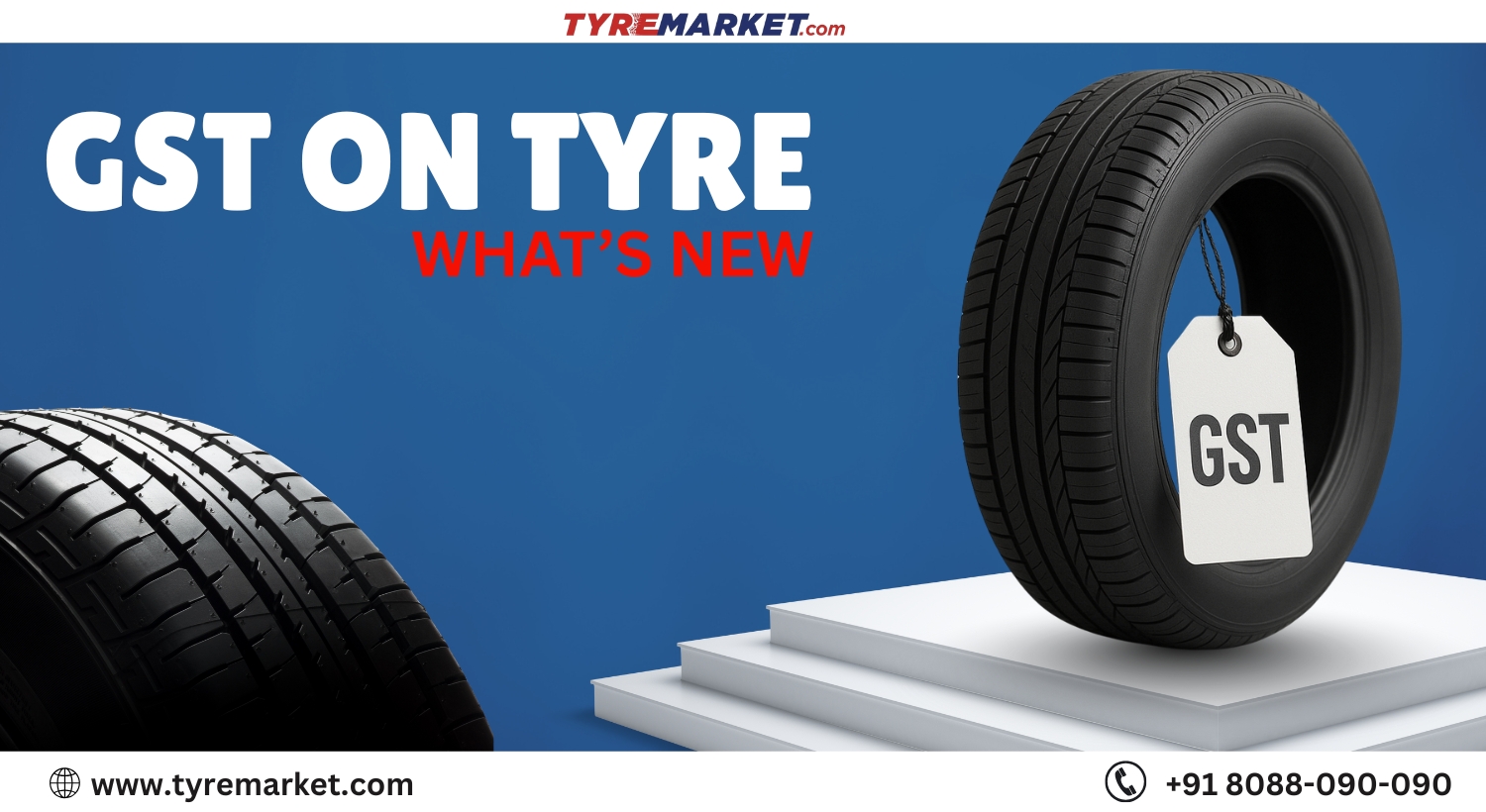After witnessing a decline for six years, the increasing demand for tyres in FY21 has led to the possibility of a subsequent increase in the imports of natural rubber in India. However, at the same time, the domestic supply and production of natural rubber have taken a hit due to COVID-19 restrictions and the after-effects of heavy rain in the state of Kerala. Currently, Kerala is the biggest producer of natural rubber in the country.
Industry experts are hoping for an improvement in the demand for tyres in the coming months, and the positive response in June is being considered as a good sign towards this direction. According to Rajiv Budhraja, Director General, Automotive Tyre Manufacturer’s Association in India, the challenges faced in the supply chain of raw materials is a concern that is causing a hindrance to the increasing demand for tyres. For balancing this, the industry is eyeing the possibility of importing natural rubber.
In the last couple of years, due to the increase in domestic production of natural rubber, rubber imports had decreased considerably. However, due to the negative impact of COVID-19, the tyre industry witnessed a steep decline of 10 per cent in FY21 with a total import of 4.10 lakh tonnes of raw material. This is the lowest figure in the last six years. Due to a drop in local production, the tyre industry saw a massive import of 5.82 lakh tonnes of raw material in 2018-19.
Due to lockdown imposed in April and May after the arrival of the second wave of COVID-19, like all the industries, the tyre industry too faced a sudden drop in demand. Ashish Pandey, Vice President, Materials, JK Tyres, though added that the condition has started improving since the middle of June, with the demand for passenger vehicle tyres more than that of commercial vehicle tyres.
Citing this reason, he further added that following the route of import is a better option for the time being, as while COVID-19 has increased pressure on localization, the level of understanding between buyer and seller has also enhanced than before. So, despite the fluctuation of global prices, the shortage of raw materials might be compensated by imports. For FY22, Budhraja too is expecting 4.5 lakh tonnes of imports.
Also, due to the increase in international prices and a decrease in tyre demand, there was a considerable decline in natural rubber imports in FY22. Though, there have been major drops in the prices of natural rubber in the last two months, including a drop of 22 per cent in the price of international spec tyre-grade RSS-3 rubber to Rs. 135 per kg and a marginal drop in the price of tyre-grade RSS-4 rubber from India to Rs. 167 per kg.
In Kerala, the biggest producer of raw material, the sudden spike in cases of COVID-19 has hampered the tapping, and the heavy rains made the condition even worse. According to George Valy, President of the Indian Rubber Dealers Federation, some tapping was still possible in June due to the absence of rainfall, but now, the month of July will witness both the heavy rainfall and the existence of the pandemic at the same time. He cites an increase in the domestic supply, as tapping might improve in the coming days.
At the same time, according to the Association of Natural Rubber Producing Countries (ANRPC), the global prices of raw materials aren’t going to fall anytime soon. This is because while the markets like India, the USA and Europe might witness a growth in demand, the demand will remain stagnant in China, which consumes 40 per cent of the global production of tyres. In addition to this, the other after-effects of the pandemic, such as shortage of semi-conductor chips, possible strengthening of the dollar, hurdles in global logistics with a sudden increase in freight cost and continuing COVID-19 cases too are going to hamper the demand.
 Help
Help
 Customer Care:
Customer Care:

 |
| 
 Help
Help










